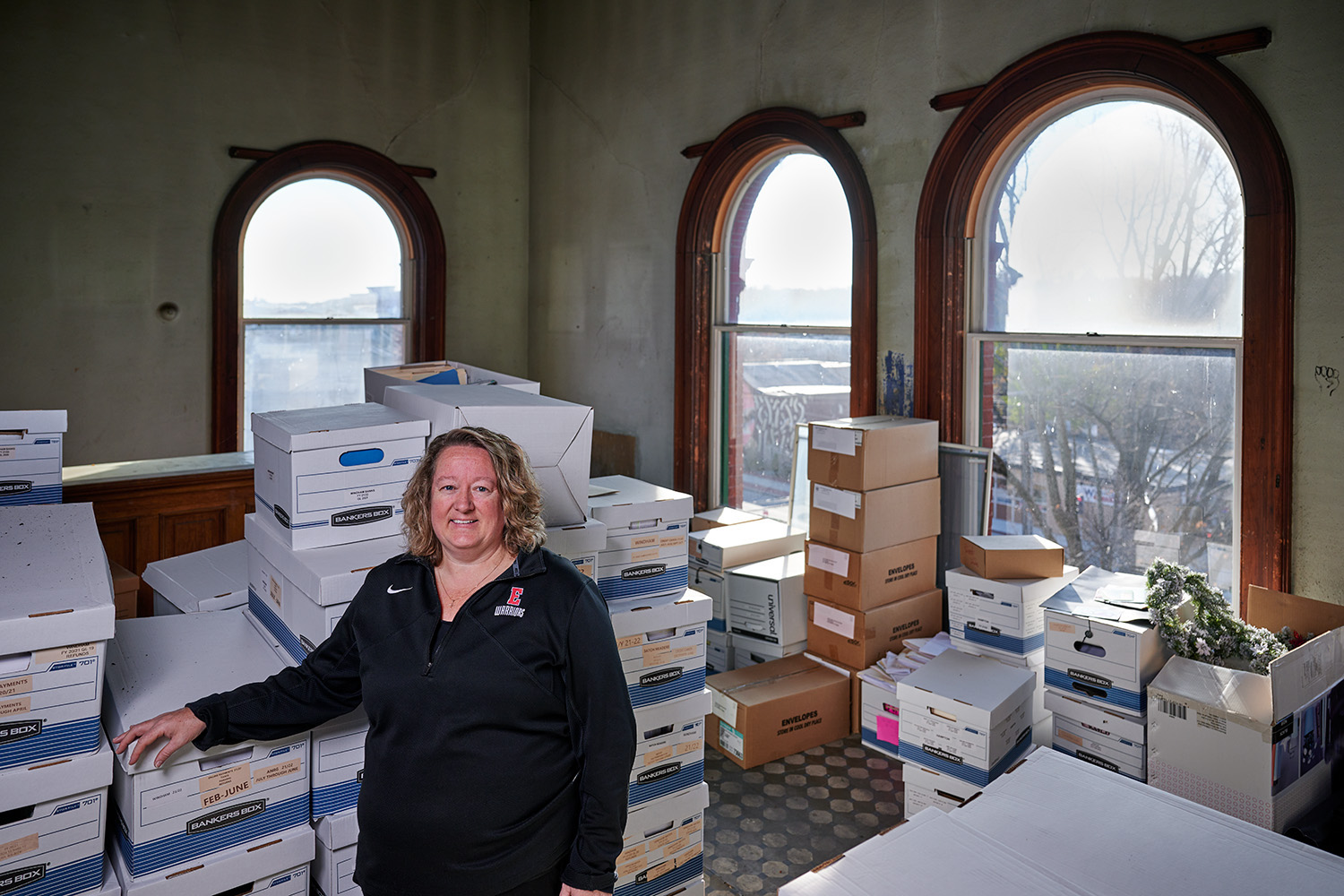
The Health Center’s Dr. David Rowe is confident that medical science will one day enable patients to re-grow bone and other tissues lost to disease, trauma, or aging.
Rowe, director of the School of Dental Medicine’s Center for Regenerative Medicine and Skeletal Development, notes, however, that this breakthrough – like others over the centuries – will be achieved only through rigorous, persistent research.
“It’s a very difficult challenge,” he says. “A lot of work needs to be done before this becomes a reality. But we have the people, the tools, the resources, and the commitment to move the research forward.”
The research Rowe and his colleagues at the center are engaged in focuses on how to use embryonic and adult stem cells to regenerate bone and other tissues in the body. The team has received funding for its work from the Connecticut Stem Cell Research Program, the National Institutes of Health, and the Department of Defense.
Rowe himself was recently honored as the recipient of the 2010 UConn Health Center Board of Directors Faculty Recognition Award. The award recognizes Rowe’s outstanding contributions to research, teaching, and mentoring.
Treating Disease and Injury
Rowe’s main research interest is in osteogenesis imperfecta. Commonly known as brittle bone disease, OI is a human genetic disease that causes bones to be extremely fragile and to fracture easily. He and his colleagues are working to discover how to treat the disease by correcting the genetic defect in the patient’s own cells.
“We’re looking for ways to identify the progenitor stem cells that exist in the body, remove them, engineer them, and put them back in so they’ll function normally,” Rowe says.
An offshoot of this research deals with treating traumatic injuries, especially those being sustained by members of the armed forces serving in war zones. The team has funding from the Department of Defense (DOD) to develop strategies for salvaging limbs that would otherwise have to be amputated, by putting into the patient progenitor cells that would support his or her ability to re-grow bone. The DOD is a major supporter of such research nationwide.
“This is a huge area,” says Rowe. “Because of the war and the horrific injuries that in the past would have killed soldiers, there is enormous interest in coming up with strategies to try to salvage skeletons that have sustained such devastating injuries.”
A Multidisciplinary Approach
Rowe notes that the Health Center has been a leader in connective tissue research for nearly 40 years, having recruited people with expertise in this field when the Schools of Medicine and Dental Medicine were founded.
“The Health Center – and UConn in general – has been a powerhouse nationally and internationally in this area,” he says.
With such a high concentration of expertise available within the institution, Rowe and his colleagues in the Center for Regenerative Medicine and Skeletal Development have made it a point to cultivate a multidisciplinary approach: They work with tissue engineering specialists led by Dr. Cato Laurencin, dean of the UConn Medical School; they collaborate with the Department of Orthopedics’ New England Musculoskeletal Institute, directed by Dr. Jay Lieberman; and they work with experts at the Storrs campus, including tissue engineers and specialists in materials science and computer science.
“We see ourselves as having a central, coordinating role,” Rowe says. “We’ve built the infrastructure and can do the testing and evaluation of various ideas.”
The Next Breakthrough
Rowe sees his research on stem cells and regeneration as the next major step in the centuries-old evolution of medicine. Milestones in that evolution have included Hippocrates’ discovery of anatomy; understanding of infectious disease and immunization; discovery of anesthesia and sterile technique, which gave rise to surgery; development of antibiotics and the pharmaceutical industry; and breakthroughs in molecular biology and genetics, which gave rise to new diagnostic tools and drugs.
The next major breakthrough, he predicts, will be cell-based therapy, not only for regenerating bone, but in neuroscience, endocrinology, and other fields.
“The breakthrough would be to take a patient’s own cells, put them through a process to engineer them to be any cell in the body you want them to be, and put them back into the body and have them be a match,” Rowe says. “It’s the ultimate in personalized, cell-based therapy. This is where medicine has to go, and we’re at the dawn of that revolution.”


